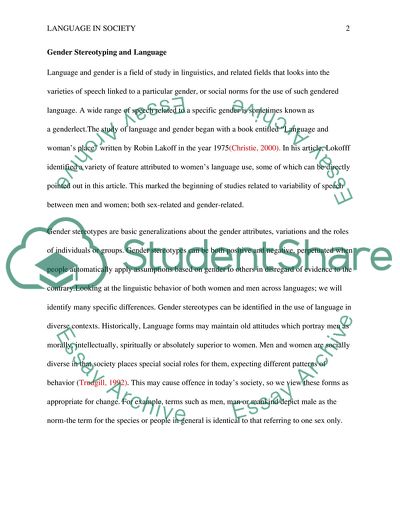Cite this document
(Language in society Assignment Example | Topics and Well Written Essays - 1750 words - 1, n.d.)
Language in society Assignment Example | Topics and Well Written Essays - 1750 words - 1. Retrieved from https://studentshare.org/education/1786625-language-in-society
Language in society Assignment Example | Topics and Well Written Essays - 1750 words - 1. Retrieved from https://studentshare.org/education/1786625-language-in-society
(Language in Society Assignment Example | Topics and Well Written Essays - 1750 Words - 1)
Language in Society Assignment Example | Topics and Well Written Essays - 1750 Words - 1. https://studentshare.org/education/1786625-language-in-society.
Language in Society Assignment Example | Topics and Well Written Essays - 1750 Words - 1. https://studentshare.org/education/1786625-language-in-society.
“Language in Society Assignment Example | Topics and Well Written Essays - 1750 Words - 1”. https://studentshare.org/education/1786625-language-in-society.


